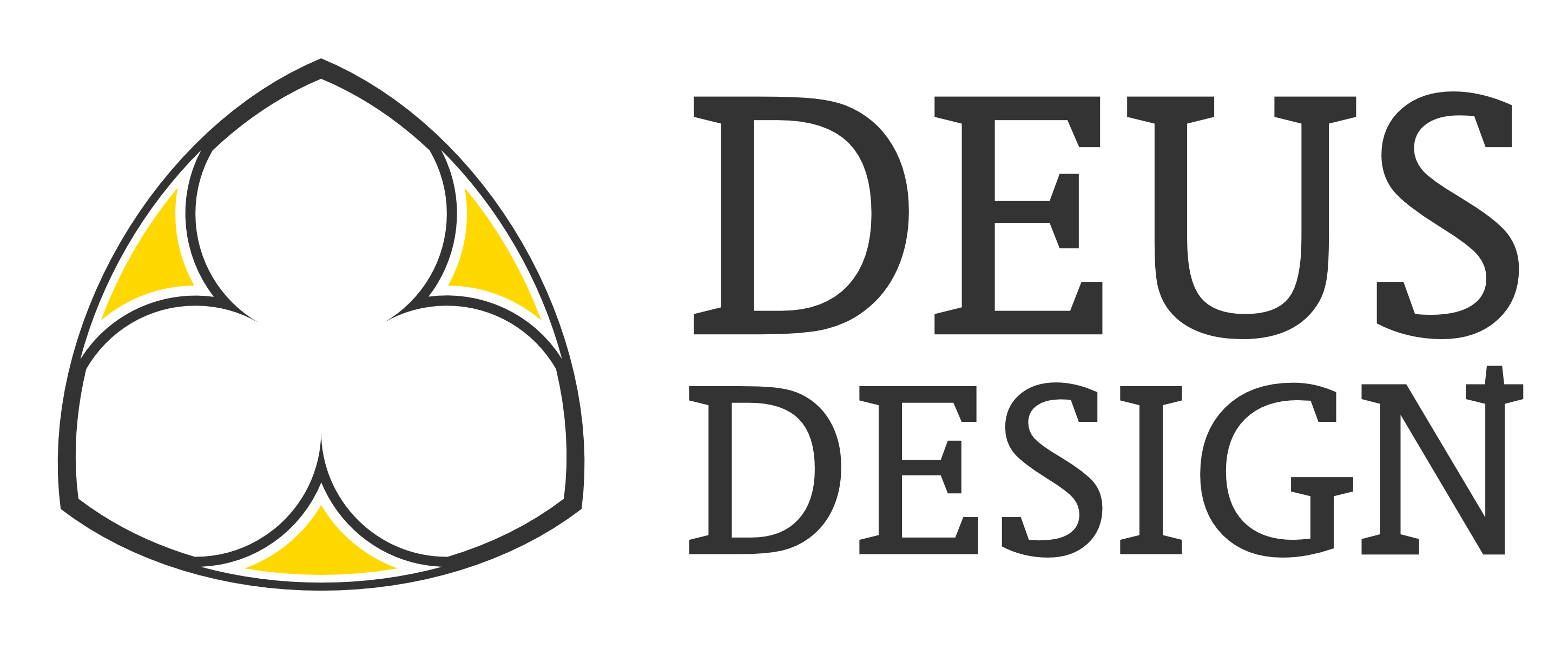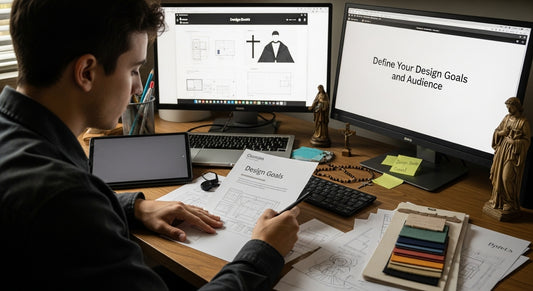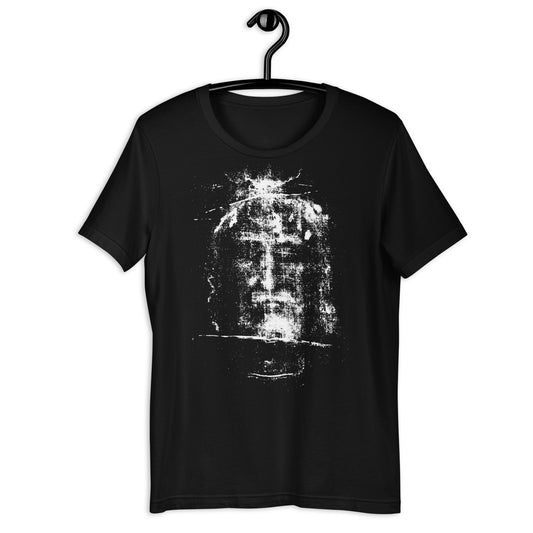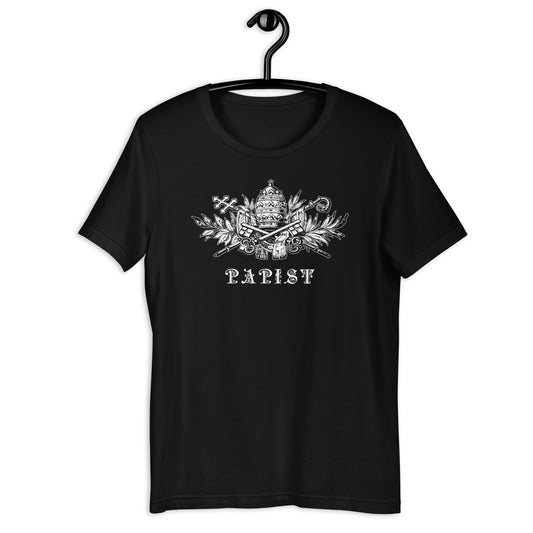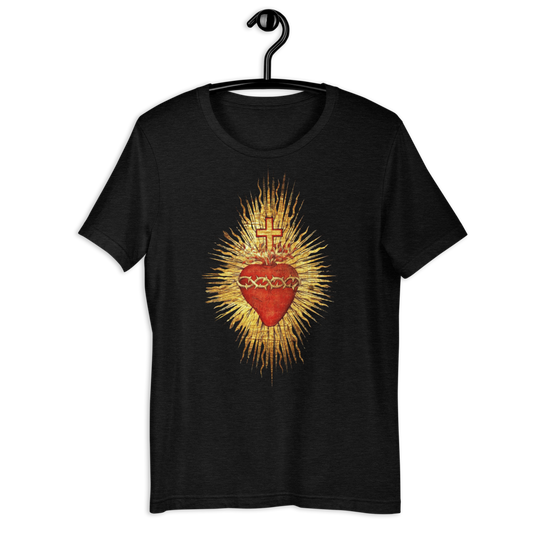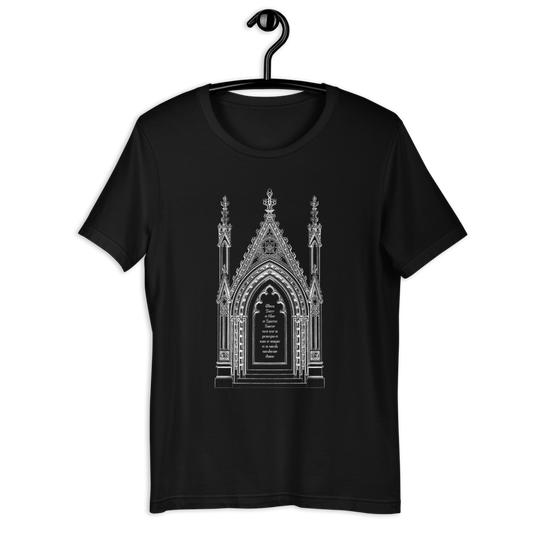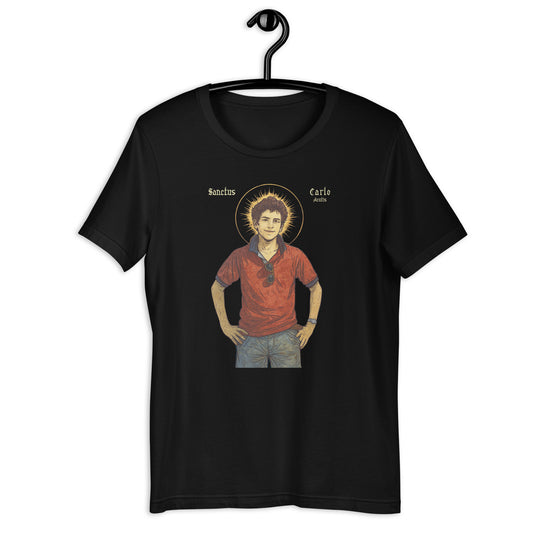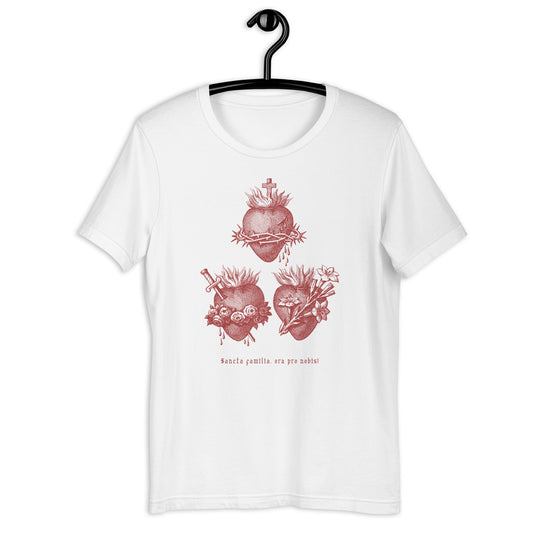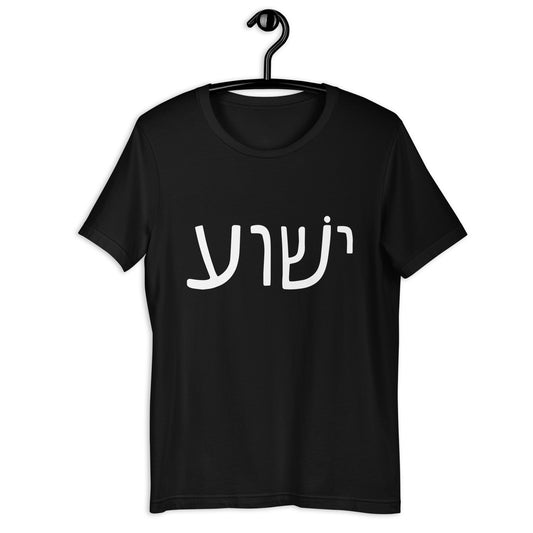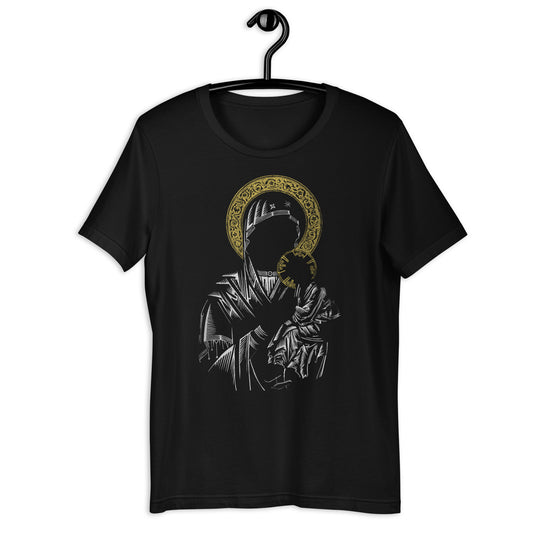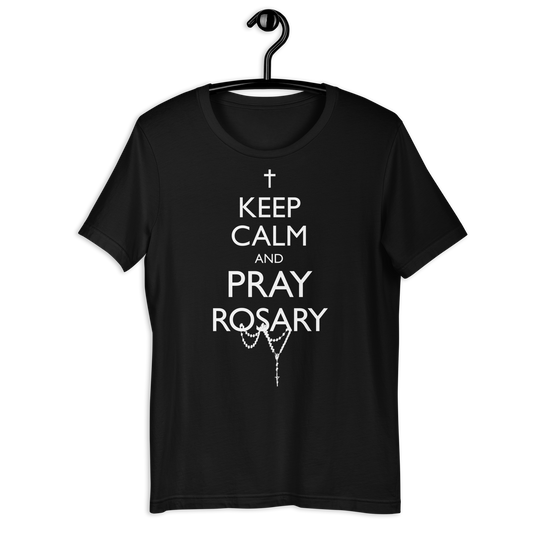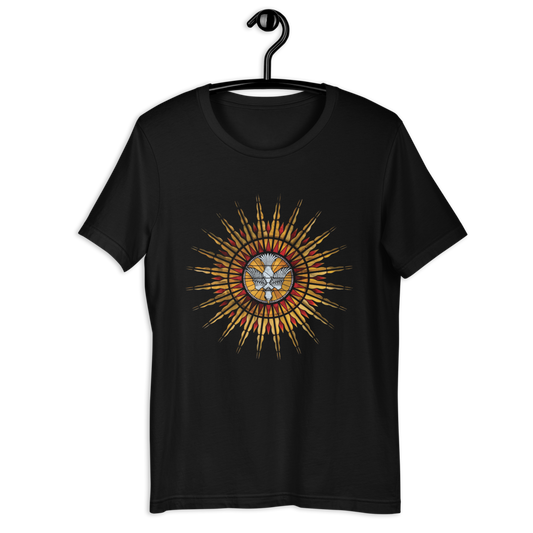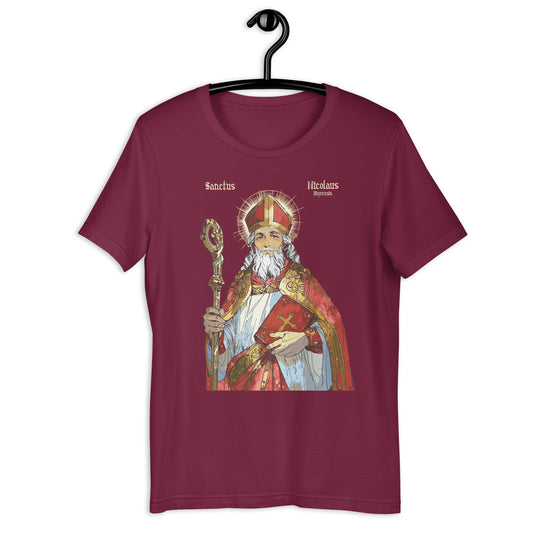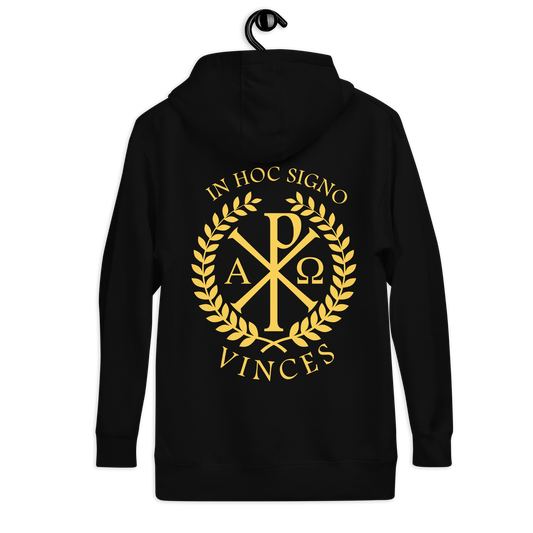Designing Catholic merchandise might seem straightforward. You pick a symbol, add some text, and you are done, right? Not even close. Over 70 percent of young Catholics say they want apparel that reflects their faith but also feels modern and stylish. The real difference comes from a smart design brief that goes way deeper than just picking colors or fonts. That single document can decide if your product ends up gathering dust or actually starts conversations about faith.
Table of Contents
- Step 1: Define Your Design Goals And Audience
- Step 2: Gather Inspiration And Resources
- Step 3: Draft Your Design Specifications
- Step 4: Create A Visual Mood Board
- Step 5: Review And Revise Your Design Brief
- Step 6: Finalize And Share Your Design Brief
Quick Summary
| Key Point | Explanation |
|---|---|
| 1. Define clear design goals | Identify specific objectives that guide your merchandise’s overall theme and messaging for Catholic consumers. |
| 2. Understand your target audience | Research your demographic to create designs that resonate with their preferences and faith expressions. |
| 3. Gather diverse sources of inspiration | Explore historical and contemporary Catholic visual art to inform your design concepts and deepen theological connections. |
| 4. Draft comprehensive design specifications | Create detailed instructions regarding dimensions, colors, materials, and technical requirements for production accuracy. |
| 5. Revise and finalize your design brief | Conduct thorough reviews and gather feedback to ensure clarity, consistency, and alignment with your initial vision before distribution. |
Step 1: Define Your Design Goals and Audience
Creating an effective Catholic design brief begins with crystal clear objectives and a deep understanding of your target audience. This foundational step determines the entire trajectory of your merchandise design, ensuring that every visual element speaks directly to the hearts of Catholic consumers who are looking for meaningful and stylish faith expression.
Start by articulating your primary design mission: Are you aiming to create inspiring Catholic streetwear that sparks conversation about faith? Or develop merchandise that subtly demonstrates Catholic identity without overwhelming religious imagery? Your mission will guide every subsequent design decision.
Understand your audience demographics with precision. Young engaged Catholics typically seek designs that blend traditional faith symbols with contemporary aesthetic sensibilities. They want apparel that feels authentic, respectful, and cool. This means moving beyond generic religious cliches and creating designs that reflect the richness of Catholic tradition while feeling modern and relevant.
Audience Characteristics to Consider:
- Age range (typically 18-35)
- Cultural background
- Theological understanding
- Personal style preferences
- Level of religious engagement
Research becomes crucial in this phase. Analyze current Catholic merchandise trends to identify gaps in the market and opportunities for innovative design. What are young Catholics currently wearing? What design elements resonate with them?
Your design goals should transcend mere aesthetic appeal. Remember the broader mission: creating merchandise that serves as a tool for evangelization. Explore our guide on Catholic apparel workflow to understand how strategic design can transform passive clothing into a conversation starter about faith.
Successful design briefs emerge from this careful intersection of spiritual purpose and creative vision. By defining clear goals and deeply understanding your audience, you set the stage for merchandise that is not just worn, but experienced and shared.
Step 2: Gather Inspiration and Resources
With your design goals and audience clearly defined, the next critical step in creating a compelling Catholic design brief involves immersing yourself in a rich tapestry of visual and spiritual inspiration. This stage transforms abstract concepts into tangible design potential, bridging the gap between theological depth and creative expression.
Begin by exploring sacred visual traditions that have sustained Catholic artistic expression for centuries. Medieval illuminated manuscripts, Byzantine iconography, and Renaissance religious artwork offer profound symbolic language that can be reimagined for contemporary streetwear. Study how traditional religious imagery communicates complex theological concepts through visual metaphors.
Digital Resources for Inspiration:
- Vatican Museums digital archives
- Catholic art history websites
- Contemporary Catholic design portfolios
- Religious symbolism databases
- Liturgical art collections
Curating design inspiration requires a strategic approach that balances reverence with modern aesthetic sensibilities. Visit local churches, explore Catholic art museums, and engage with contemporary Catholic artists who are pushing creative boundaries. Digital platforms like Pinterest and Instagram can provide unexpected visual connections, allowing you to discover design elements that resonate with young, faith-driven audiences.
Consider technical resources that will support your design process. Graphic design software like Adobe Illustrator or Procreate enables intricate symbol manipulation. Digital libraries of Catholic iconography can provide authentic reference points for your merchandise designs. Sketch books, mood boards, and digital inspiration folders become your creative companions in transforming spiritual concepts into wearable art.
Document your inspiration meticulously. Take photographs, make sketches, collect color palettes, and record your emotional responses to different visual elements. This archival process ensures that fleeting moments of creative insight are not lost but become foundational to your design brief.
Remember, gathering inspiration is more than collecting images it is about understanding the narrative potential of visual symbols. Each design element should invite conversation, spark curiosity, and create a meaningful connection between faith and contemporary cultural expression.
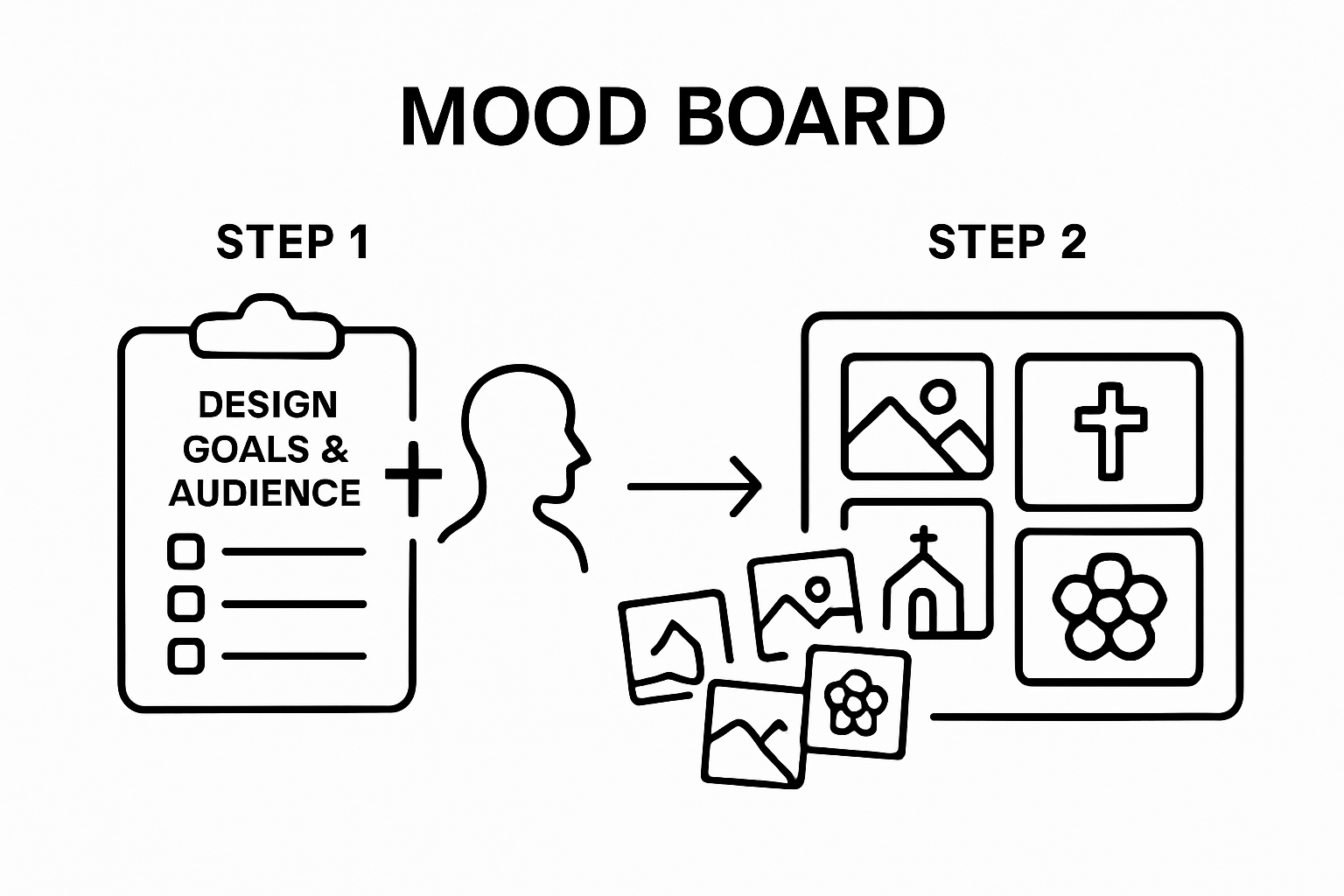
Step 3: Draft Your Design Specifications
Transforming your creative inspiration into a precise design blueprint requires meticulous specification drafting. This crucial stage translates abstract concepts into concrete instructions that will guide your design from imagination to reality. A well-crafted design specification serves as a comprehensive roadmap, ensuring every team member understands the vision and technical requirements.
Technical Parameters Matter. Begin by establishing precise dimensions, color specifications, and material requirements for your Catholic merchandise. For a t-shirt design, this means detailing exact measurements, preferred fabric composition, print placement, and color palette. Your specifications should be so clear that any designer could reproduce the concept without additional guidance.
Your design specifications must address multiple critical dimensions:
- Exact color codes (preferably using Pantone or HEX references)
- Precise artwork dimensions
- Recommended fabric and material types
- Print technique specifications
- Minimum and maximum size variations
Consider the practical applications of your design. How will the artwork look when scaled? Will intricate religious symbols remain legible on different fabric sizes? Account for potential printing limitations by creating designs that maintain visual integrity across various merchandise formats.
Research Catholic design production standards to understand technical constraints and opportunities. Technical accuracy prevents costly redesigns and ensures your vision translates seamlessly from concept to physical product. Include vector file requirements, recommended resolution, and preferred file formats to streamline the production process.
Document your design specifications with extreme clarity. Use professional design software that allows precise measurements and color matching. Create a comprehensive brief that includes not just technical details, but also the spiritual and cultural context of your design. Explain the symbolic meaning behind specific visual elements, helping designers understand the deeper narrative.
Finally, build flexibility into your specifications. While precision is crucial, allow room for creative interpretation. The best design briefs provide a structured framework that simultaneously guides and inspires. Your goal is to create a document that communicates your vision while empowering designers to bring their own creative expertise to the project.
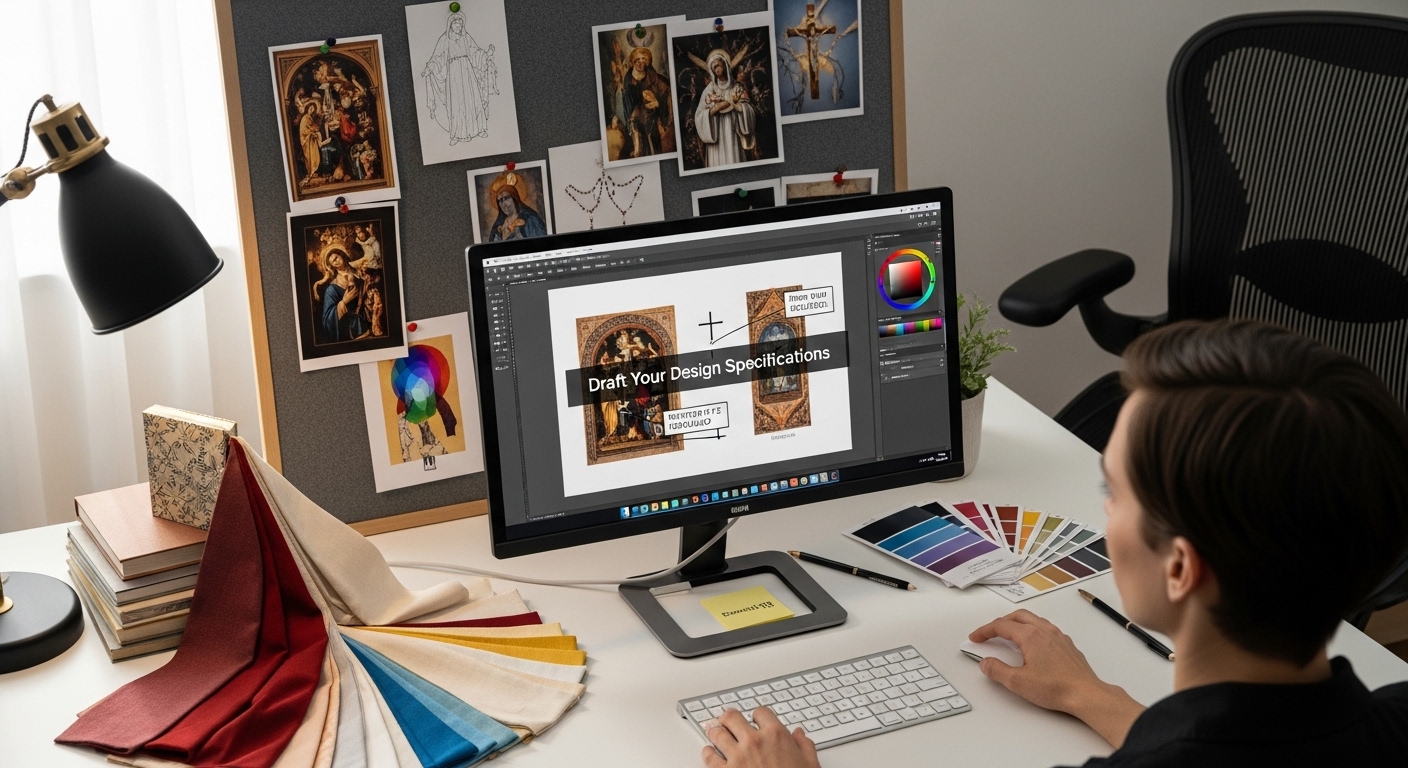
Step 4: Create a Visual Mood Board
A visual mood board transforms abstract design concepts into a tangible, emotional roadmap for your Catholic merchandise project. This powerful creative tool bridges the gap between technical specifications and artistic vision, providing a comprehensive visual narrative that communicates the essence of your design intent.
Digital and Physical Approaches Matter. While digital platforms offer convenience, do not underestimate the power of a physical mood board. Collect physical materials like fabric swatches, color samples, religious iconography prints, and texture references. This tactile approach allows you to experience design elements with a depth that digital platforms cannot replicate.
Key Components for Your Mood Board:
- Religious symbolic imagery
- Color palette samples
- Fabric and texture references
- Typography examples
- Cultural and spiritual inspiration
- Contemporary fashion trends
Utilize digital tools like Canva or Pinterest to compile and organize your visual research. These platforms enable sophisticated collaging and allow easy sharing with design team members. Curate images that speak not just to aesthetic preferences, but to the deeper spiritual narrative you want your merchandise to communicate.
Consider the emotional resonance of each visual element. Your mood board should evoke the same feeling a young Catholic experiences when connecting deeply with their faith. This means moving beyond literal religious imagery and exploring symbolic representations that feel authentic and contemporary.
Strategically organize your mood board to tell a visual story. Group images that share color themes, emotional tones, or symbolic meanings. This narrative approach helps designers understand the holistic vision behind your Catholic merchandise concept.
Take time to refine and edit your mood board ruthlessly. Every image should serve a purpose, communicating either a design principle, emotional tone, or cultural context. A powerful mood board is not about quantity but about carefully selected, meaningful visual language that instantly communicates your design’s core spirit.
Remember that your mood board is a living document. As your design evolves, continue to update and refine this visual guide. It should remain a dynamic representation of your creative vision, capturing the intersection of traditional Catholic symbolism and modern design aesthetics.
Step 5: Review and Revise Your Design Brief
The review and revision phase transforms a good design brief into an exceptional blueprint for Catholic merchandise. This critical stage is not about perfection, but about ensuring your creative vision remains clear, authentic, and strategically aligned with your original objectives.
Comprehensive Review Strategies require a systematic approach. Begin by setting the design brief aside for 24-48 hours, allowing yourself emotional distance. When you return, read the document as if you were an external designer encountering it for the first time. Ask yourself: Would someone unfamiliar with your vision immediately understand the design’s spiritual and aesthetic intent?
Key Review Checkpoints:
- Alignment with original design goals
- Technical specification accuracy
- Symbolic integrity
- Visual narrative coherence
- Potential production challenges
- Audience resonance
Professional design brief evaluation emphasizes the importance of objective feedback. Invite trusted colleagues or fellow Catholics who understand both design principles and theological nuance to review your brief. Their external perspectives can reveal blind spots you might have missed.
Technical precision matters as much as creative vision. Verify all measurements, color codes, and design specifications with meticulous attention. Small inconsistencies can derail the entire production process. Use design software’s measurement and alignment tools to ensure pixel-perfect accuracy.
Consider the broader evangelization mission of your merchandise. Does each design element invite conversation? Can a young Catholic wear this piece and feel both spiritually connected and stylistically confident? Your brief should communicate more than technical details it should reveal the deeper narrative behind the design.
Documentation is crucial during revision. Keep a version history of your design brief, noting each significant change and the reasoning behind it.
Here is a checklist to help you review and finalize your Catholic design brief, ensuring it meets all essential requirements before sharing with your team or partners.
| Review Criteria | Description | Completion Status |
|---|---|---|
| Alignment with Design Goals | Ensures the brief matches your original objectives and brand mission. | |
| Technical Specification Accuracy | All measurements, color codes, and production details are precise and vetted. | |
| Symbolic and Spiritual Integrity | Confirms religious symbols are used respectfully and meaningfully. | |
| Visual Narrative Coherence | Narrative is clear and design elements work together holistically. | |
| Audience Resonance | Design and language appeal to the intended Catholic demographic. | |
| Production Feasibility | No major challenges in printing or reproducing the design on merchandise. | |
| External Feedback Incorporated | Input from collaborators or experts has been addressed. |
Finally, trust your intuition. After methodical review, take a moment to sit with the design brief. If something feels slightly off, it probably is. Your spiritual and creative instincts are powerful tools in crafting merchandise that genuinely speaks to the Catholic experience.
Step 6: Finalize and Share Your Design Brief
The finalization of your Catholic design brief represents the pivotal moment where creative vision transforms into actionable documentation. This step is not merely about completing a document, but about crafting a communication tool that will inspire and guide your design team towards a profound visual expression of faith.
Professional Presentation Matters. Format your design brief with the same intentionality you applied to its content. Use clean, professional typography, consistent formatting, and a layout that guides the reader’s eye through the document’s critical sections. Consider creating a visually appealing cover page that immediately communicates the brief’s spiritual and creative purpose.
Key Documentation Elements:
- Comprehensive design specifications
- Mood board references
- Technical requirements
- Symbolic interpretations
- Production guidelines
- Contact information
- Version control details
Digital collaboration platforms offer sophisticated ways to share and iterate on design briefs. Utilize tools that allow real-time commenting, version tracking, and collaborative editing. This ensures transparency and enables seamless communication among team members, designers, and stakeholders.
Prepare multiple versions of your brief tailored to different audiences. A detailed technical version for production teams might differ from a more narrative-driven brief for creative designers. Each version should maintain the core vision while speaking directly to the recipient’s specific needs and perspective.
Protect the intellectual and spiritual integrity of your design concept. Consider using non-disclosure agreements if sharing the brief with external designers or production partners. This safeguards your unique creative vision and ensures your Catholic merchandise concept remains protected.
Before final distribution, conduct a final holistic review. Verify that the brief not only communicates technical specifications but also conveys the deeper narrative of faith, community, and evangelization. Your design brief should feel like an invitation to participate in a larger spiritual conversation, not just a set of production instructions.
Remember that a truly exceptional design brief transcends mere documentation. It becomes a testament to your creative vision, a bridge between spiritual inspiration and tangible artistic expression. Approach its finalization and sharing with the same reverence and intentionality you would bring to crafting a meaningful liturgical experience.
Take Your Catholic Design Beyond the Brief
You have just learned how powerful a well-crafted Catholic design brief can be. If you are tired of the same old clichéd faith merch and want styles that truly combine tradition with fresh creativity, our collection of Catholic couple clothing is made for you. These designs emerge from real design briefs like the one you just explored. We mirror your mission: make Catholic symbols modern, bold, and worth talking about.
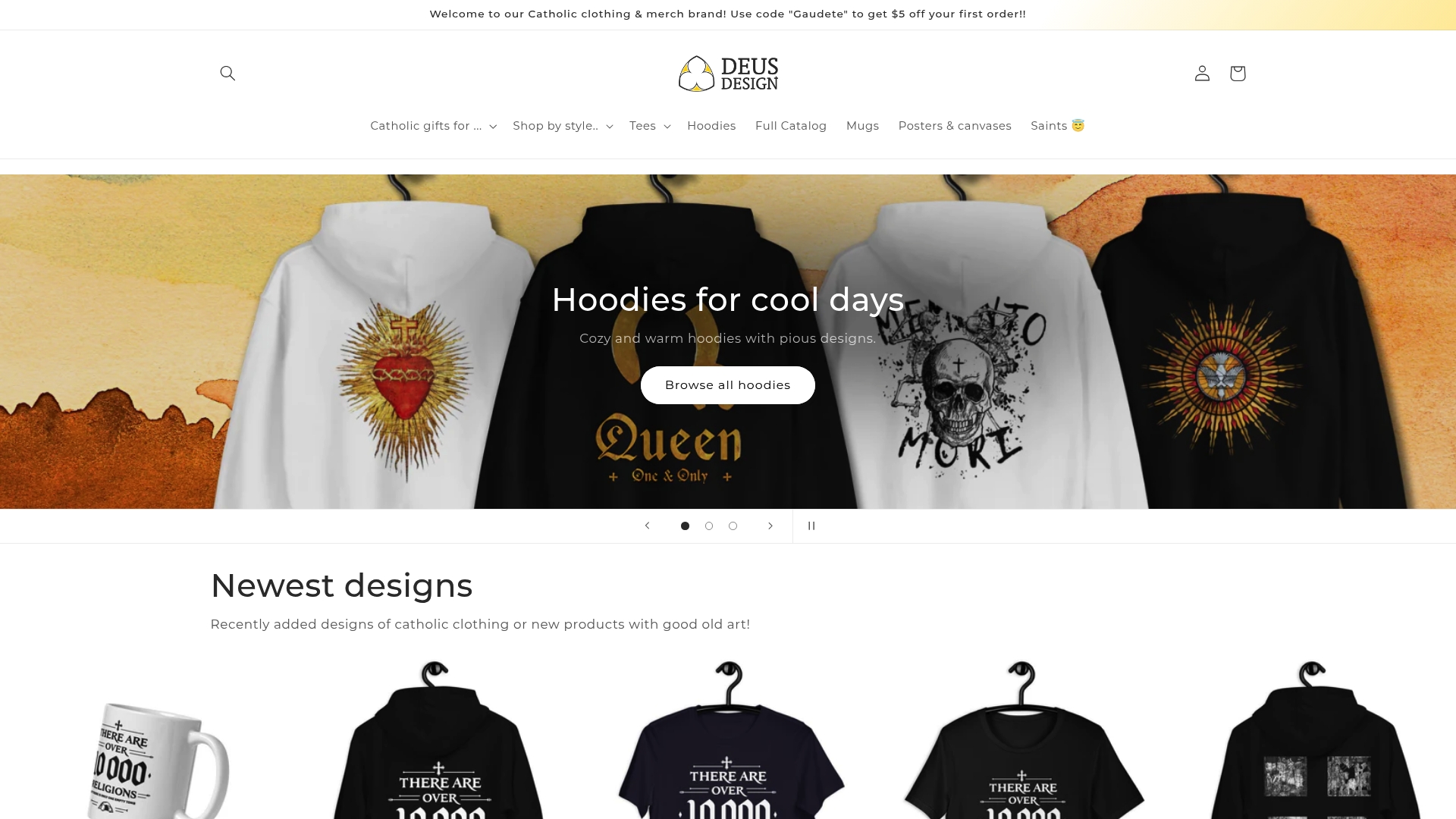
Ready to put your inspiration to work? Browse everything from street-ready apparel to timeless pieces at deusdesign.org. Discover how our community is bringing faith into the public square with confidence and style. Click to see the latest looks and join the movement for authentic Catholic self-expression right now.
Frequently Asked Questions
What are the key elements of a Catholic design brief?
A Catholic design brief should include clear design goals, audience demographics, detailed design specifications, a mood board for visual inspiration, and a review process to ensure alignment with spiritual and aesthetic objectives.
How can I gather inspiration for my Catholic merchandise design?
You can gather inspiration by exploring sacred visual traditions, visiting local churches and Catholic art museums, engaging with contemporary Catholic artists, and utilizing digital platforms like Pinterest and Instagram to discover relevant design elements.
What should I include in the design specifications for my merchandise?
Design specifications should include exact color codes, artwork dimensions, fabric and material types, print techniques, and guidelines for scalability to maintain visual integrity across various merchandise formats.
How can I ensure my design brief resonates with young Catholics?
To resonate with young Catholics, understand their demographics and preferences, incorporate contemporary aesthetic sensibilities, and create designs that blend traditional faith symbols with modern style while serving as a tool for evangelization.
Recommended
- Master the Catholic Apparel Workflow for 2025 Success – deusdesign
- Master the Design Process for Catholic Merchandise – deusdesign
- 7 Catholic Wardrobe Essentials for Young Catholics – deusdesign
- What is Catholic Brand? Understanding Its Meaning and Impact – deusdesign
- Design Tips For Busy Professionals: Enhance Your Brand Identity
- Understanding Christian Clothing Stores: Faith and Fashion – Walk In His Footsteps
